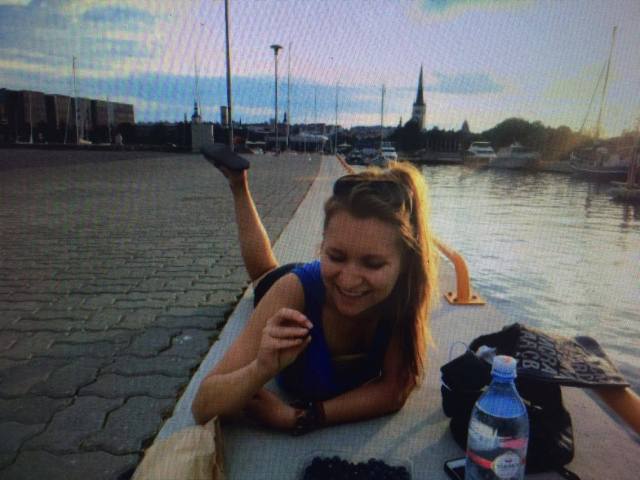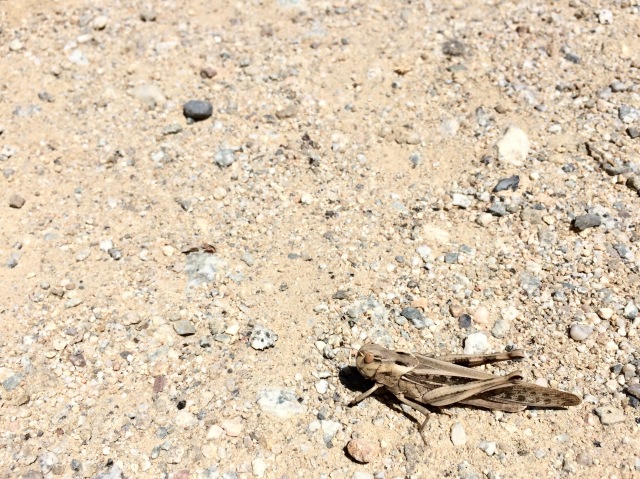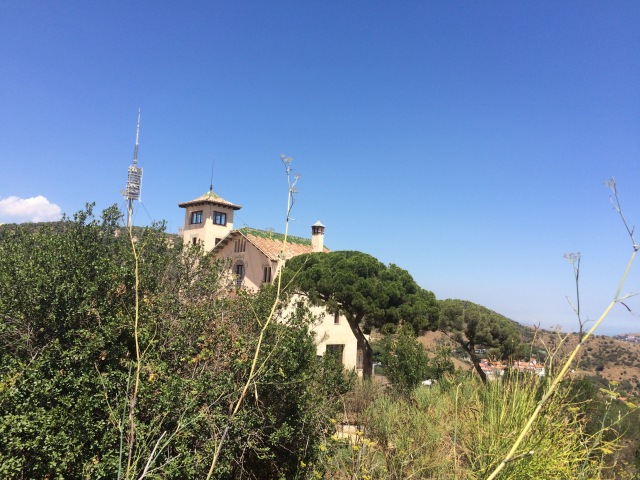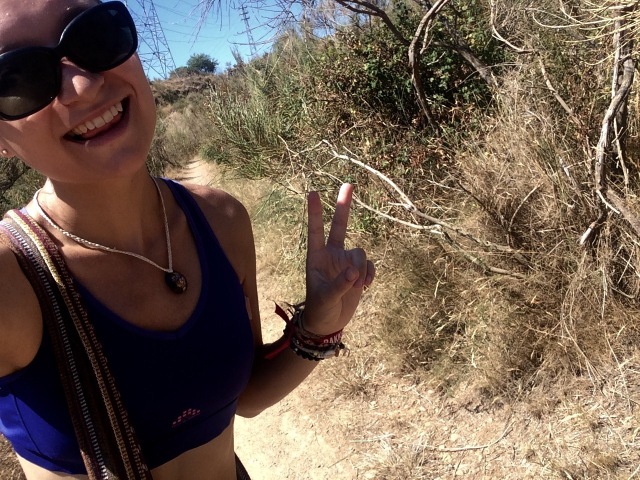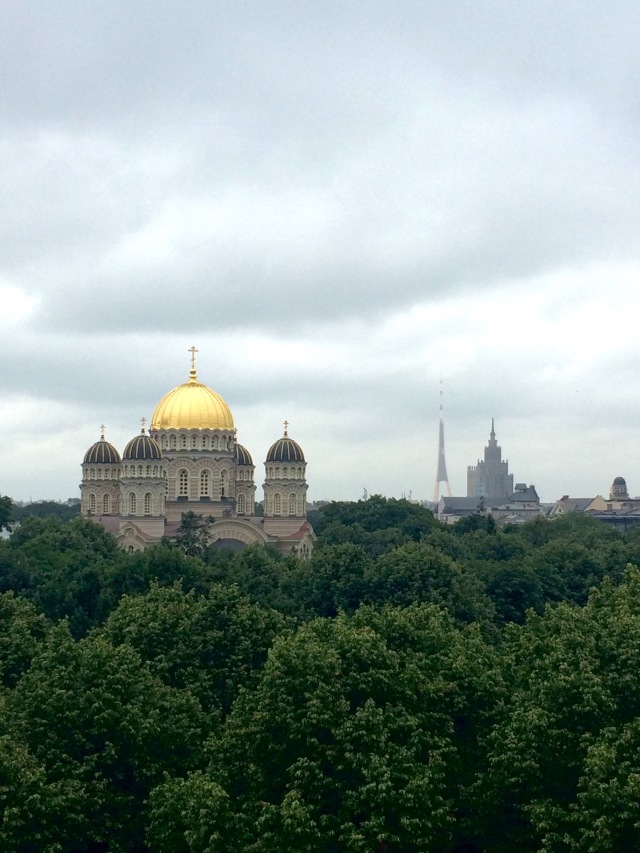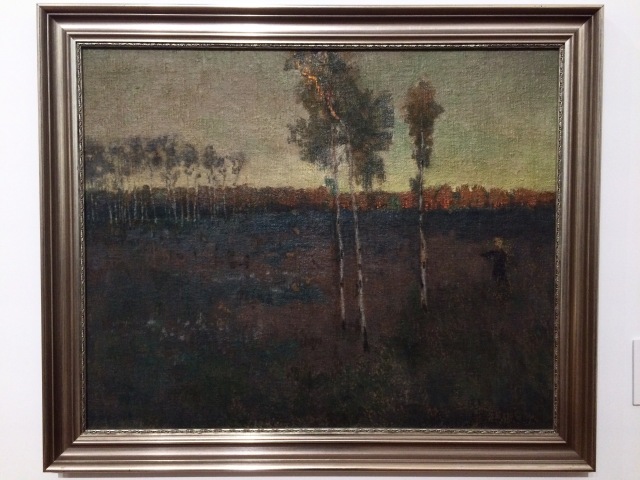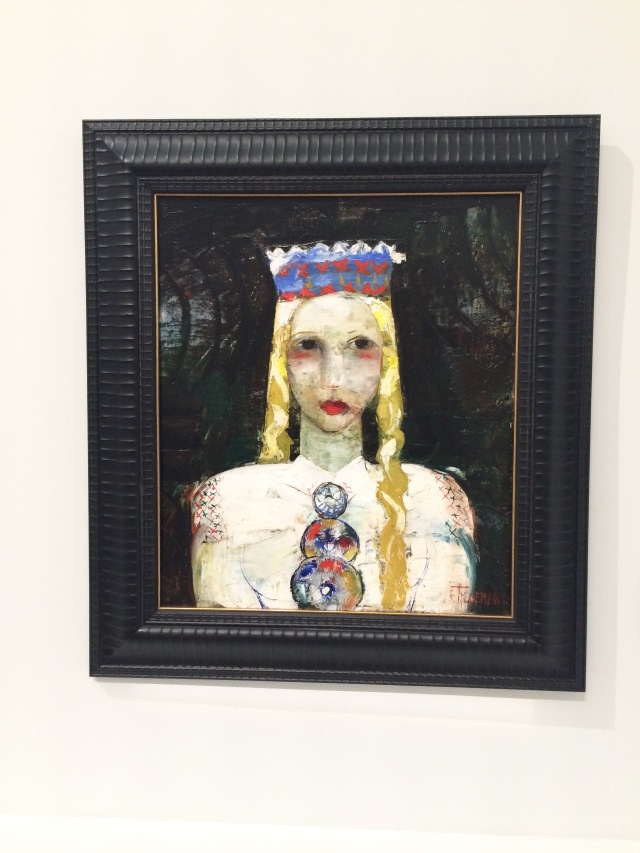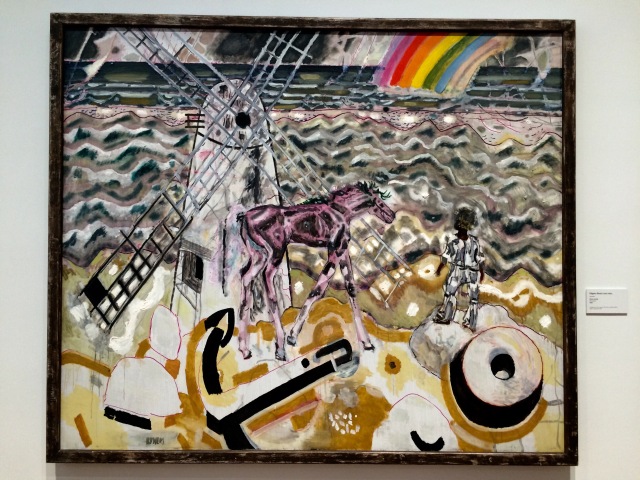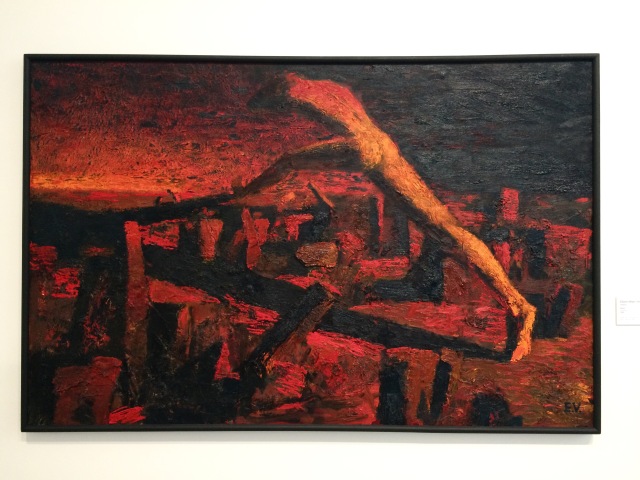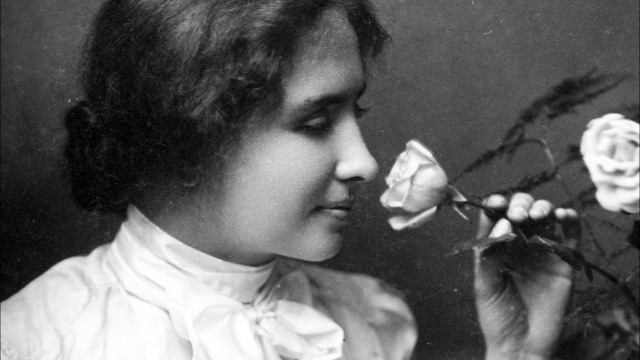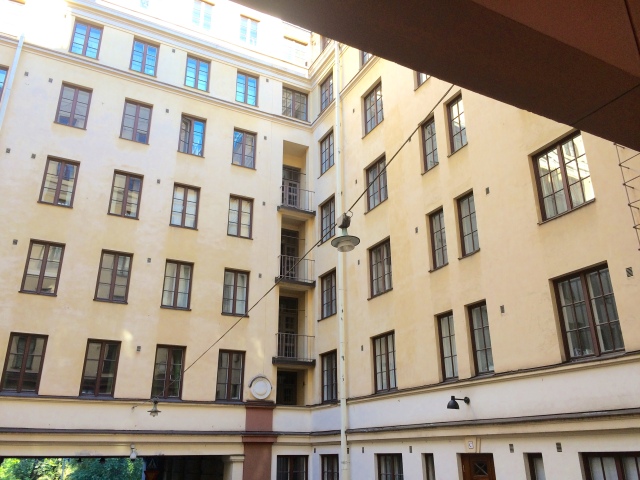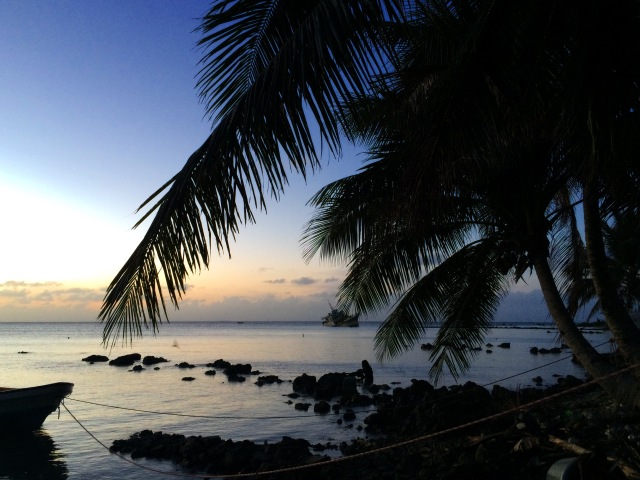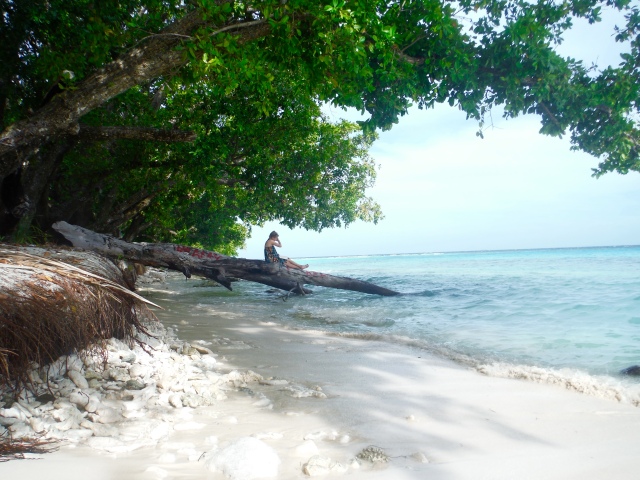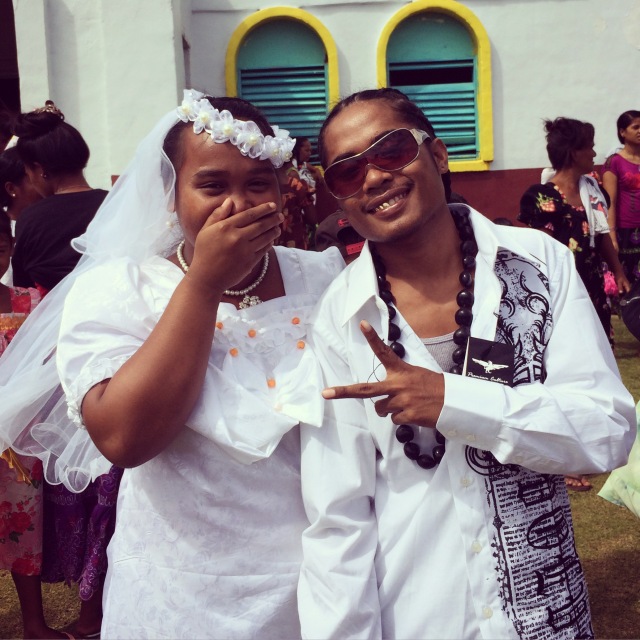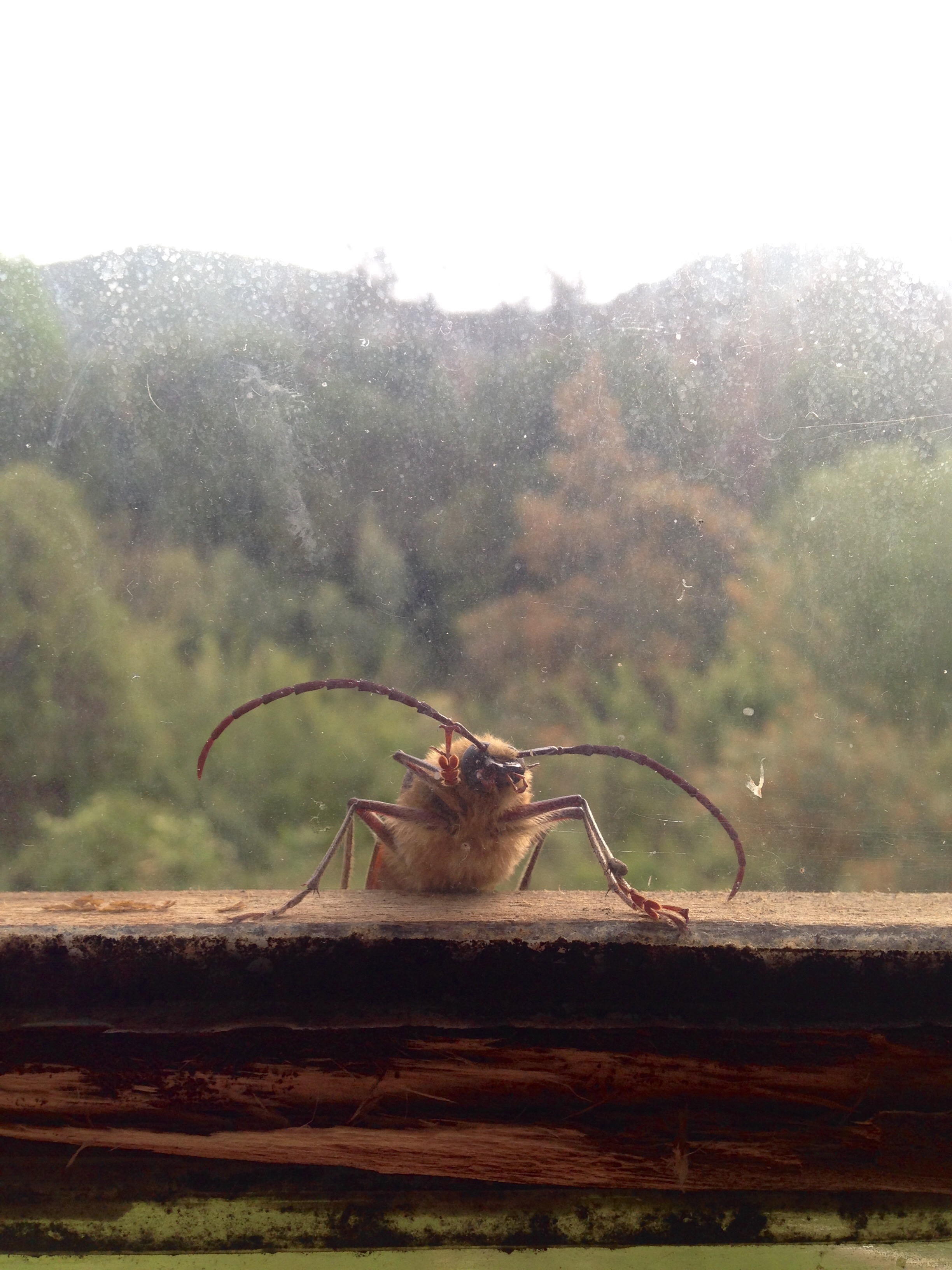
Here in rural Chile, I’ve had lots of time to relax my mind, sit in midst of nature and think. For the entirety of yesterday, my head was occupied by thoughts stirred by #metoo. I have so much to say about this topic, but let this post focus on what I know best: my own story.
Upon seeing the hashtag, the first thought that crossed my mind was “Have I ever been sexually harassed?”
Took a long walk down the memory lane and alarmingly many incidences came to mind – few of the most powerful being from the time I was just a child of 12-14.
A drunken man was repeatedly shouting for “the girl with the mini skirt” to come sit with him at the back of the bus, while other passengers giggled at him slurring the words. He was perhaps 30, I made sure not to look directly into his rolling eyes. I asked my friend if we could get off the next stop to wait for another bus, I was very uncomfortable and scared. At 13, you don’t know what a drunken man will actually do to you. My friend and I got off, laughed about it, but I felt bad to have made us wait for the next bus. I felt ashamed to be wearing that mini skirt, and never wore it again.
Overall, I’ve had my fair share of gross cat-callers, creepos groping at night clubs, a girl pulling up my dress because according to her “that’s what you get for dancing on tables”, inappropriate comments from a variety of people including former bosses and sports coaches, and this one I’m secretly proud of: at bars, I’ve had bouncers throw out a couple of men who just wouldn’t take my no as an answer.
The fact that all these events had slipped my immediate memory shows that I have been rather unaffected by harassment. Considering that my most powerful memories of sexual harassment are from the time I was younger shows that I have gradually gotten used to harassment. Today I am not bothered by the occasional groper or cat-caller. Apart from the few men I made the bouncer throw out of bars and the girl who pulled up my dress, I have never even thought it to be worth the trouble to confront my harassers. I have grown to go about living life being OK with harassment.
Furthermore, my indifference to harassment is only strengthened by responses from male and female friend alike when I’ve shared my experiences of unwanted attention and unwelcome touching. “Welcome to South America, it’ll happen all the time” when I tell a friend that someone just grabbed my ass at a club or “The best you can do is ignore it” when a car in central Tallinn is honking at me, with two older men staring with their hungry eyes, sticking out their tongues between two fingers.
Both of my friends definitely meant well and that is how I perceived their comments in the moment. They tried to tell me that it’s not my fault, those people were crazy, it’s not personal, I shouldn’t waste a minute worrying about it, let’s forget it. Although I appreciated my friends’ words of comfort, I have come to realize that they were perfect representations of how skewed our attitude towards harassment is.
Words that we both genuinely intend and perceive as comfort are actually telling us that groping and cat-calling are not “that bad”, that we shouldn’t care because it’s neither the first nor the last time for it to happen, and that we should just ignore and endure it.
Like many on social media have already said, this should not be the case. I shouldn’t think that I am subjecting my body to groping when I go dancing. I shouldn’t think it’s an inevitable part of life to feel embarrassed when my sheer presence makes two men create an elaborate scene on Narva manatee. I shouldn’t have had my adult co-passengers giggle me out of the bus when I was harassed at 13.
Change is slow, but it does take place. I believe #metoo is raising awareness of sexual harassment in people. Thinking about the topic for a full day at least made me realize how I have been numbing memories of shame and freight. Hopefully this campaign is a beginning to the end of our ignorance of the problem, because we surely have a long way to go.
I’ve seen many people share personal stories about harassment, which is good because it gives concrete examples that the problem really exists. The stories are touching and reach people’s emotion, which is more effective than a copy-paste status that escapes the eye. This is why I also felt the need to share my story, and I encourage everyone to do the same. The more perspectives we are exposed to, the better we’ll understand the magnitude of the problem.
